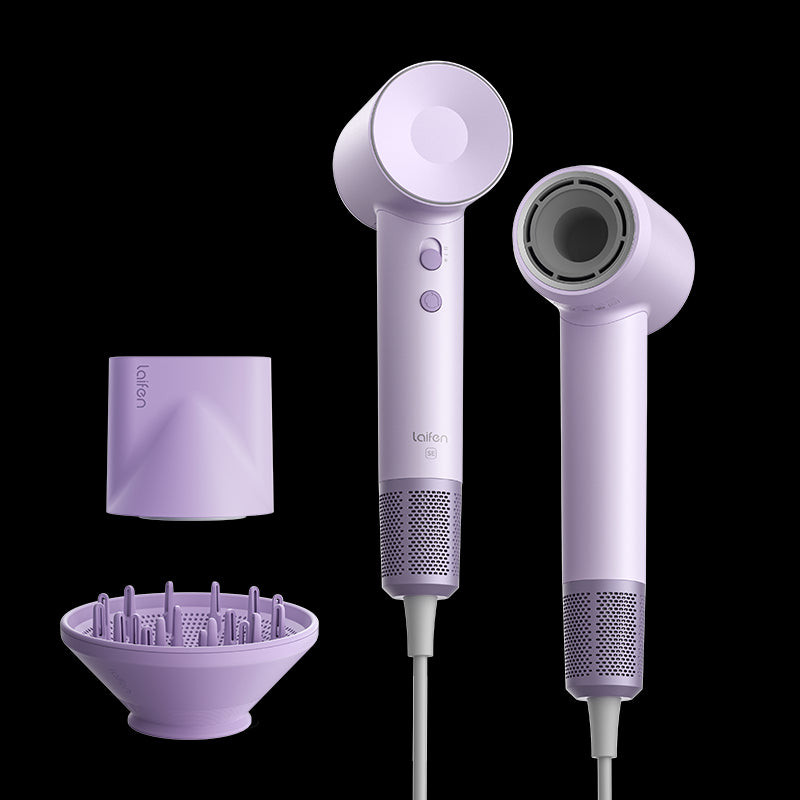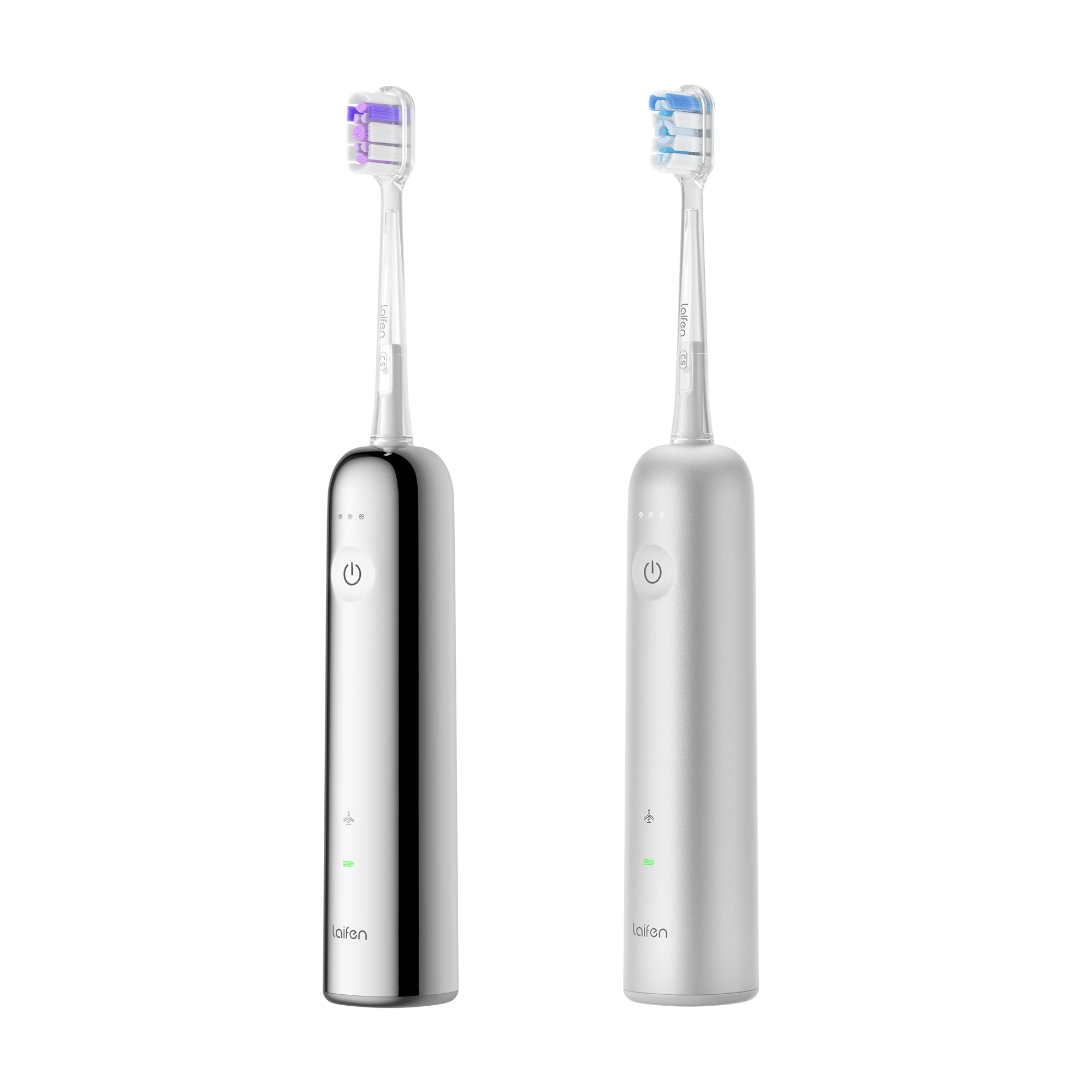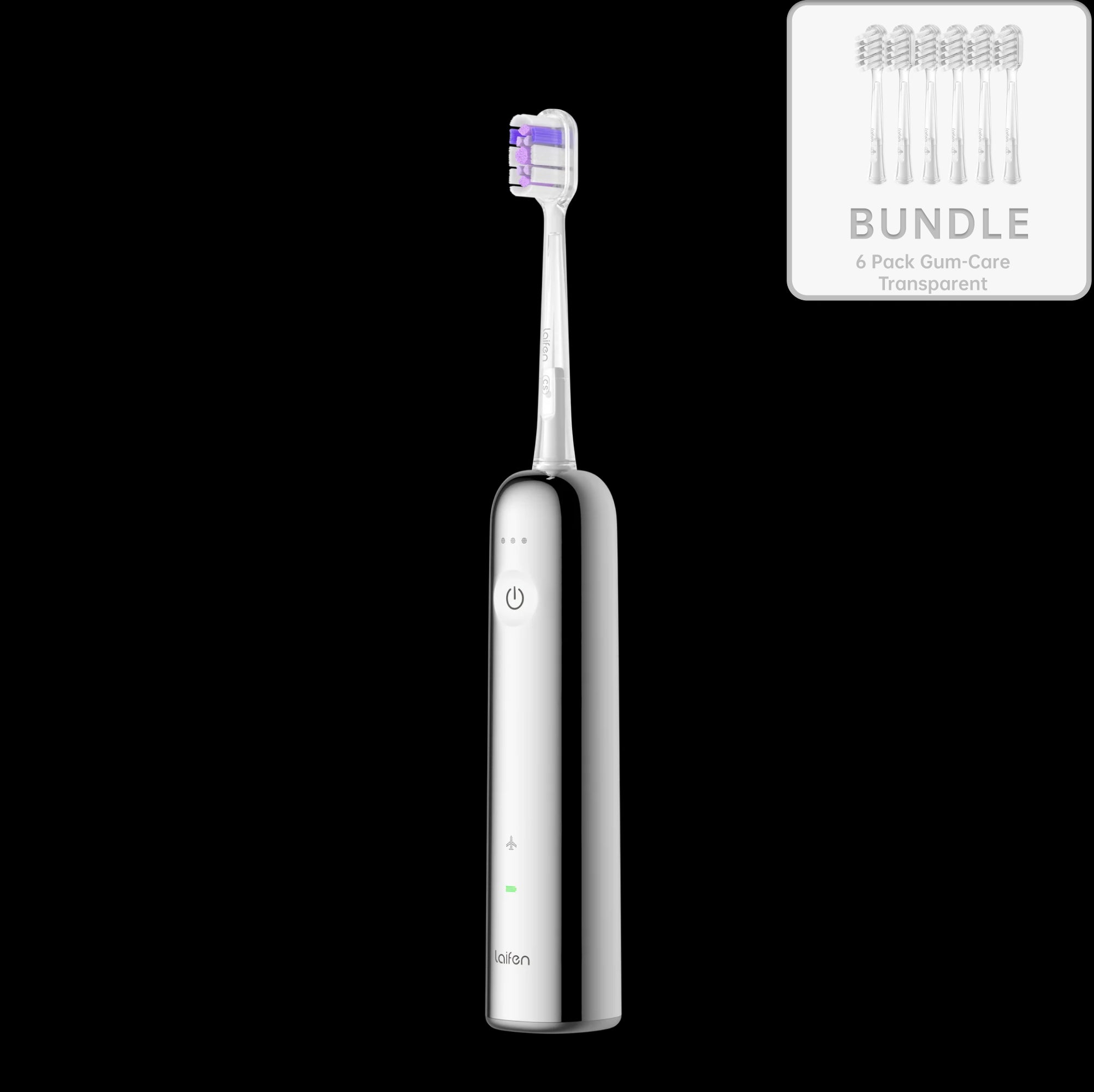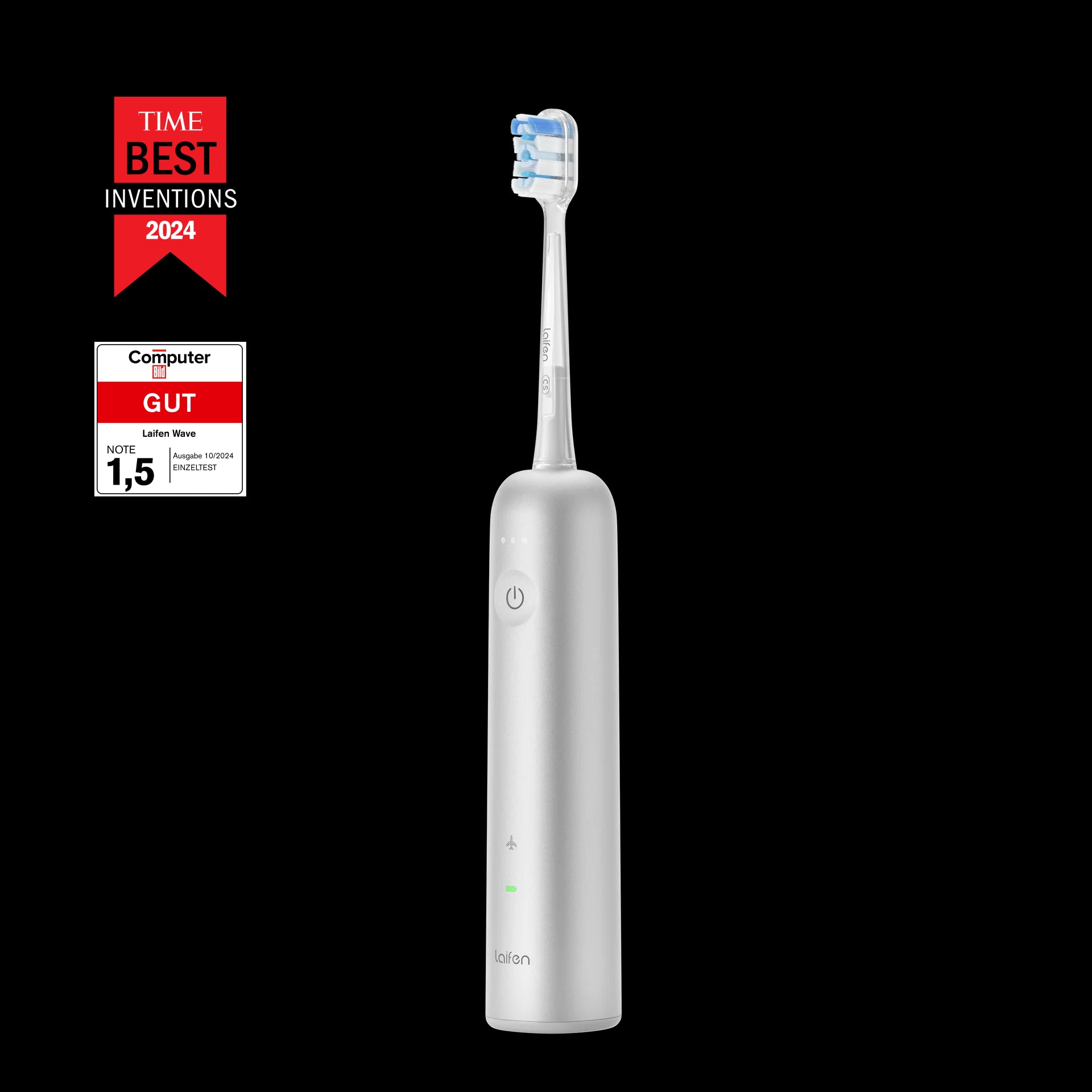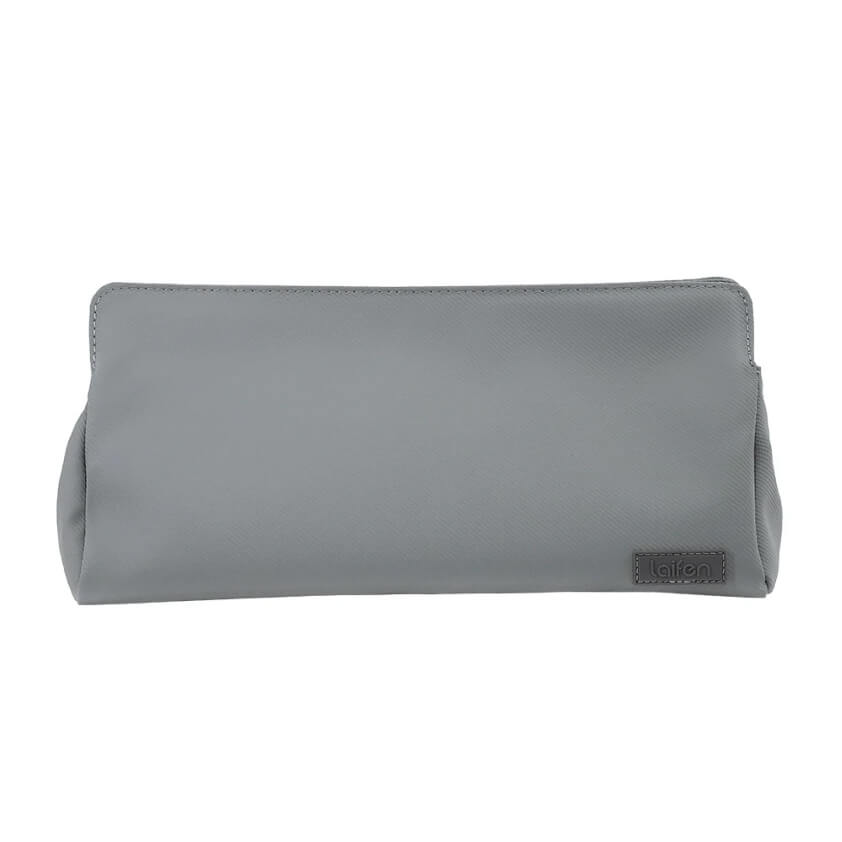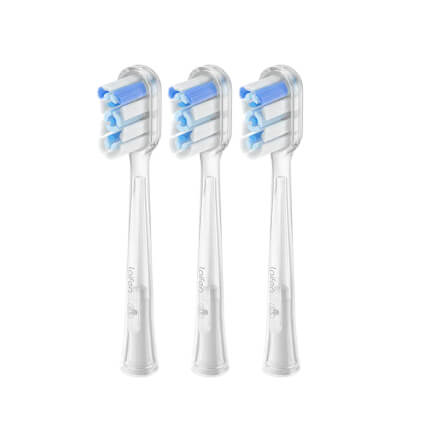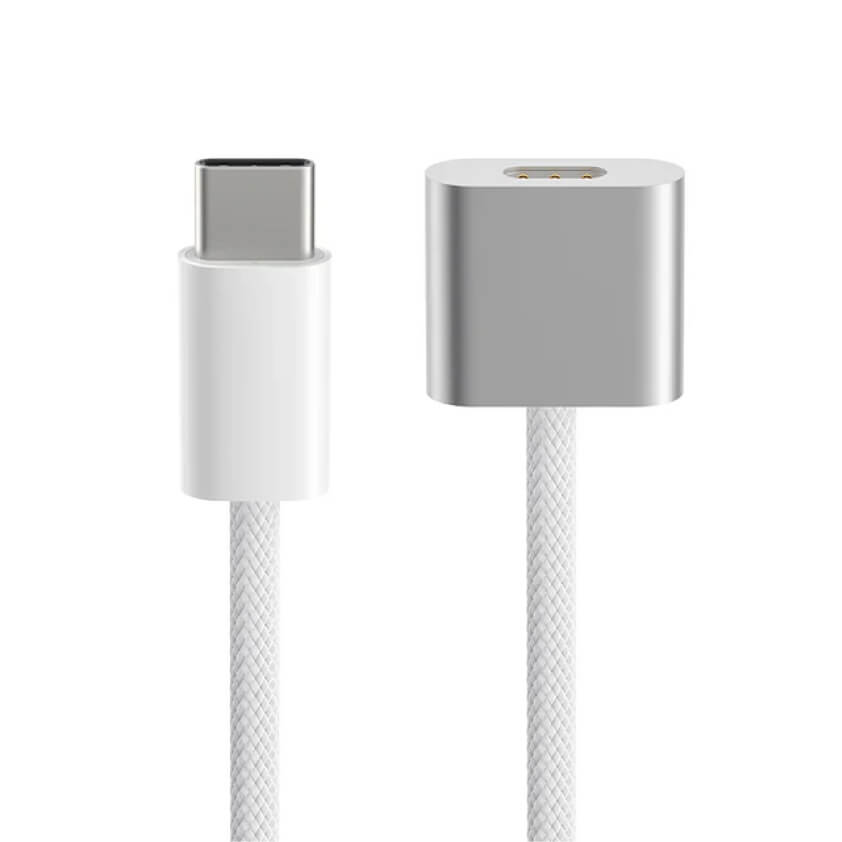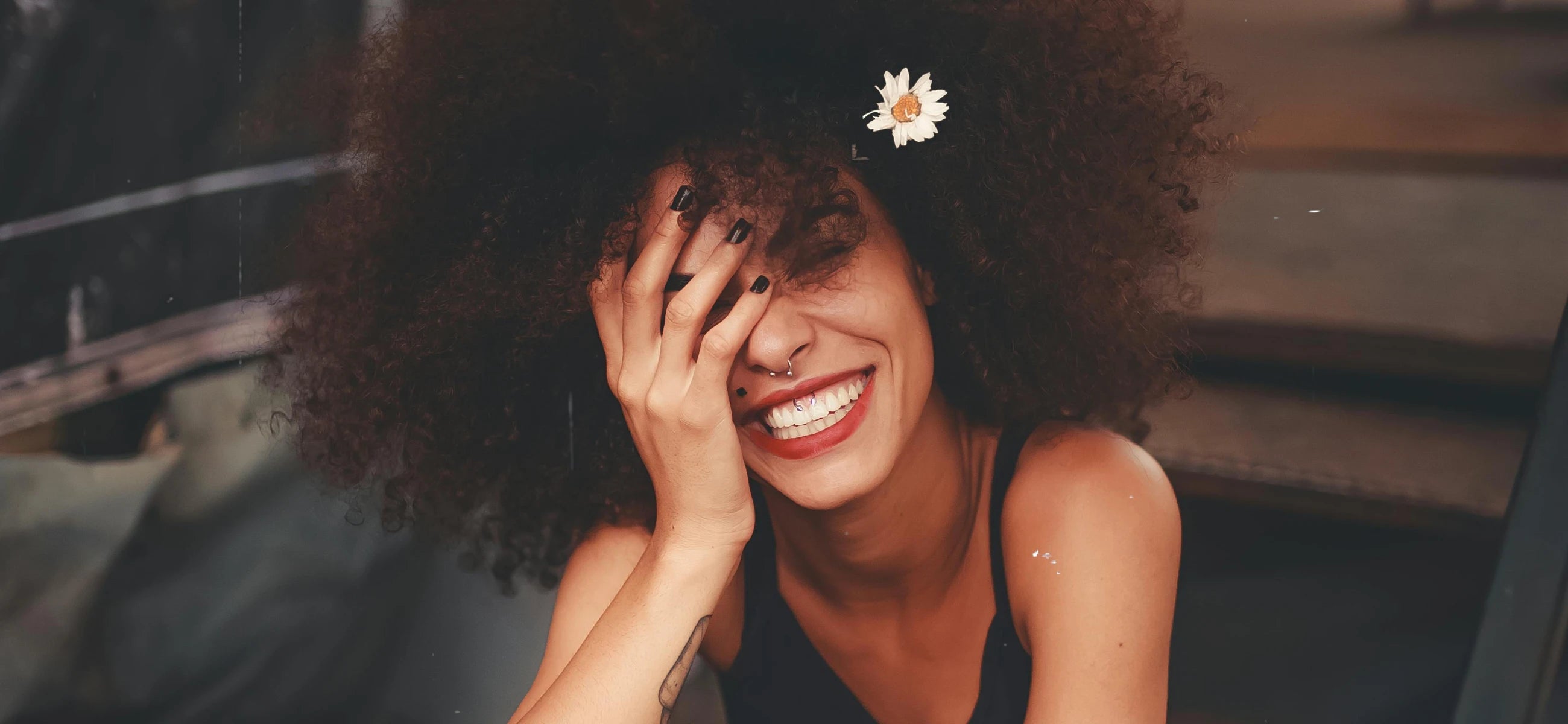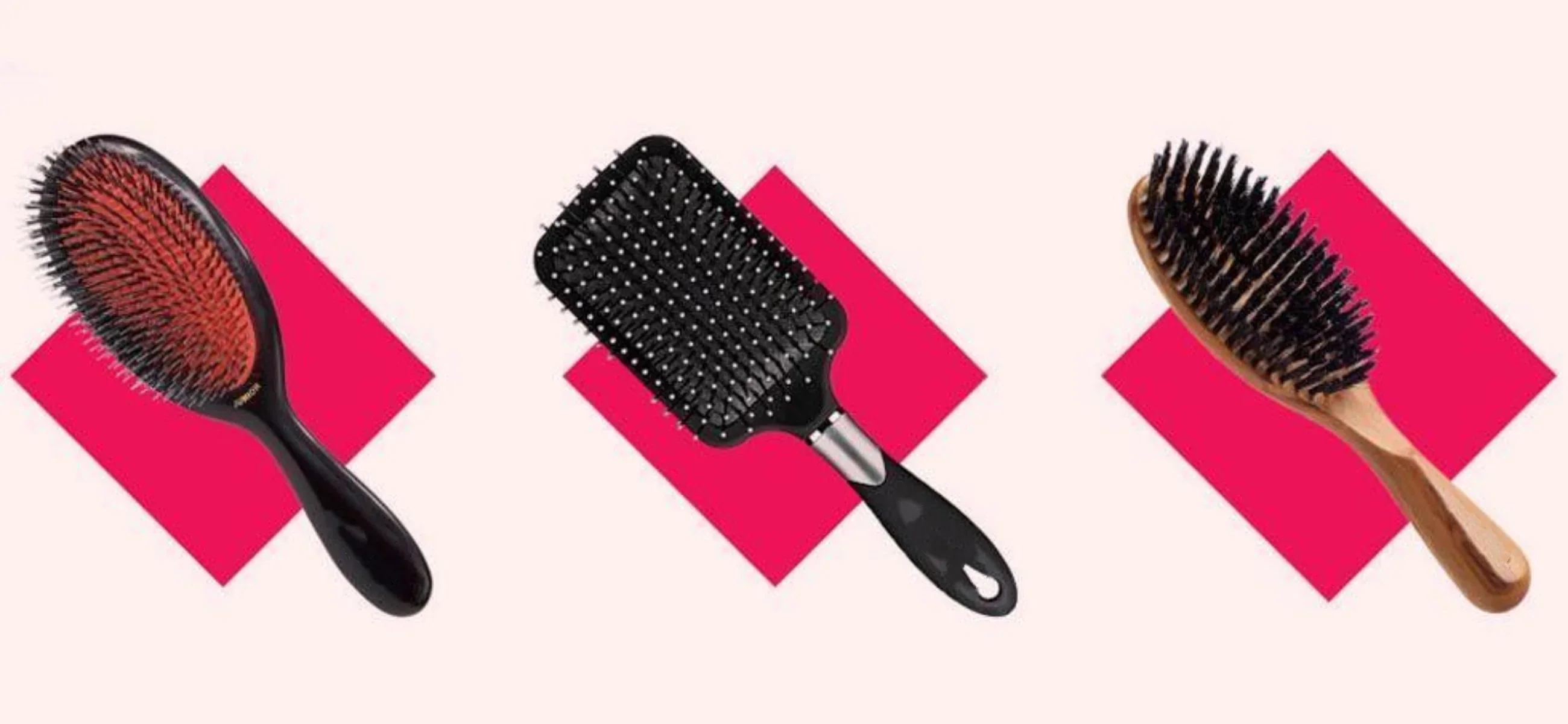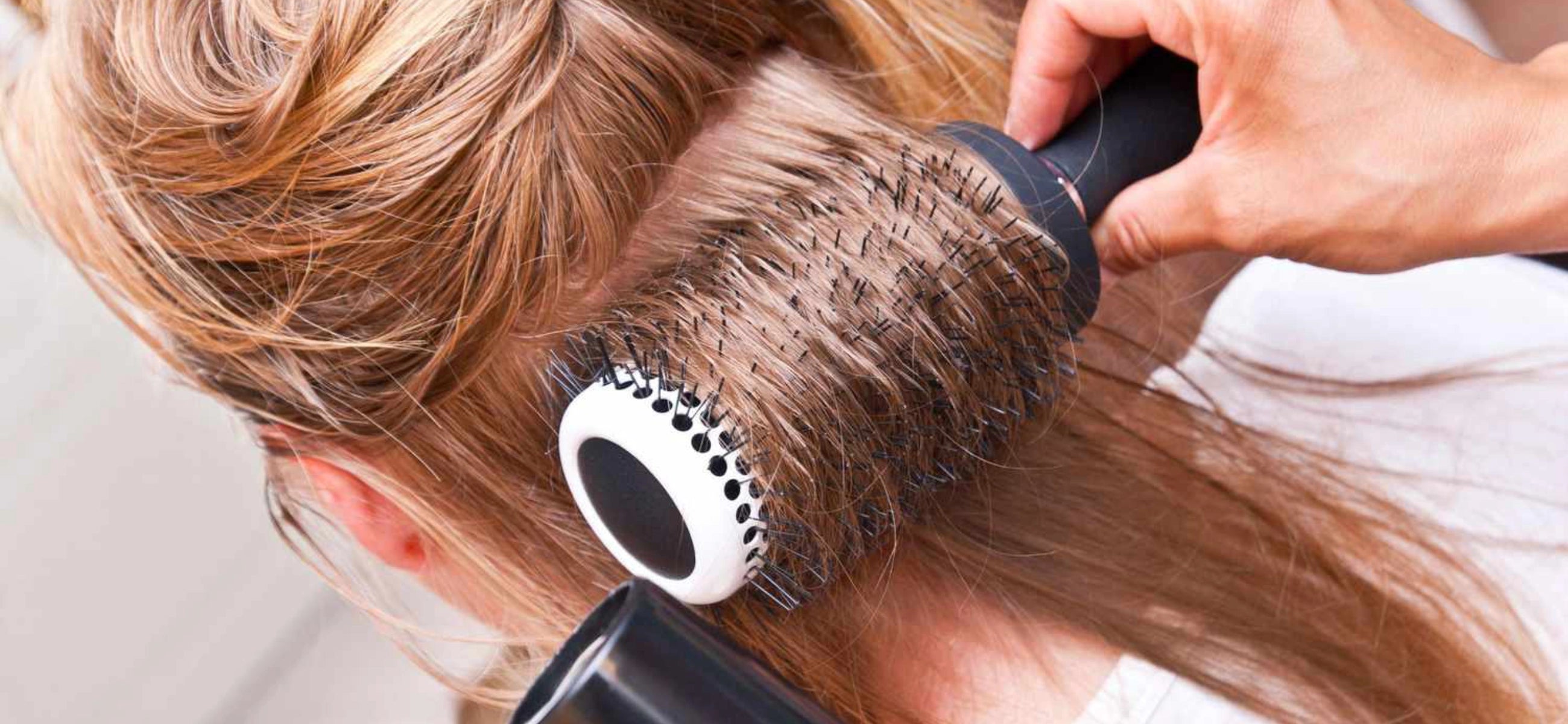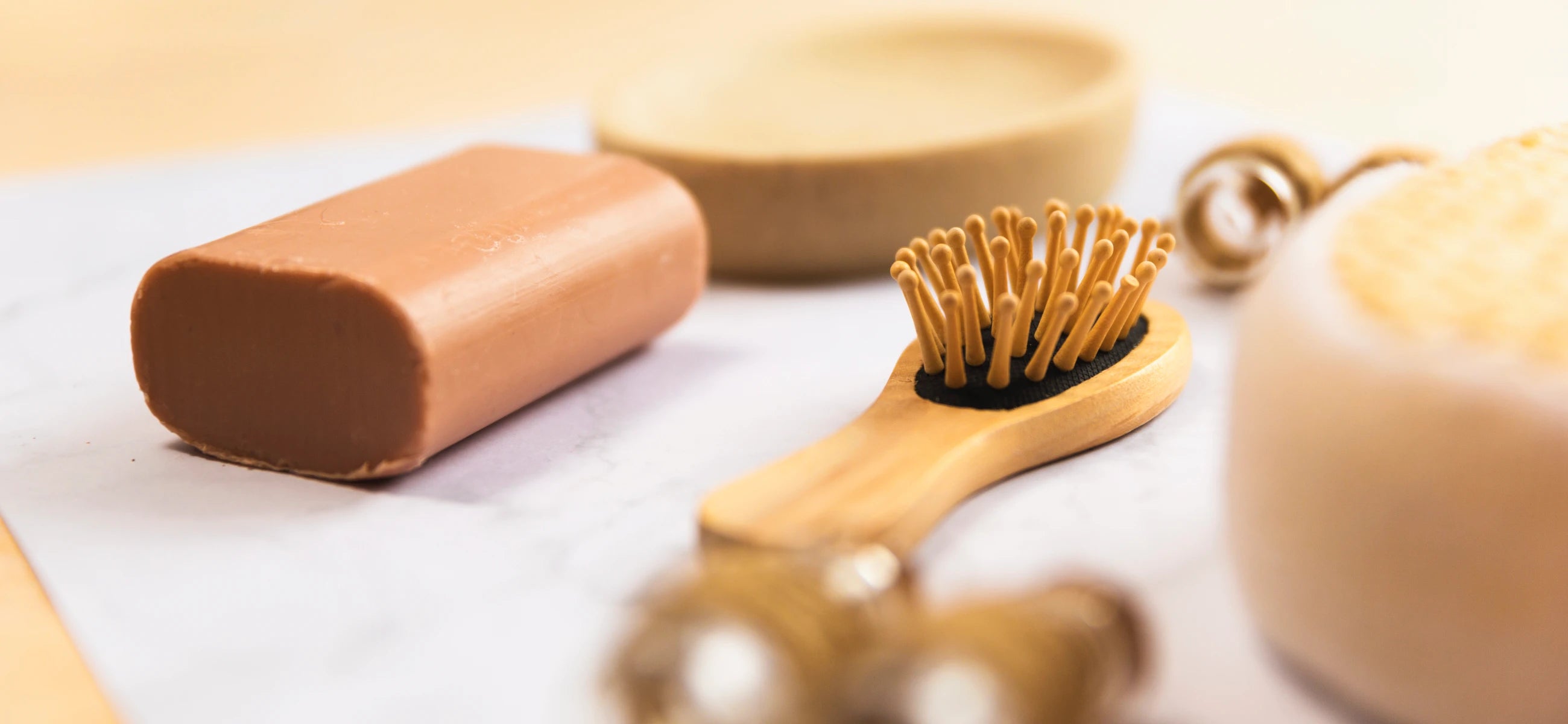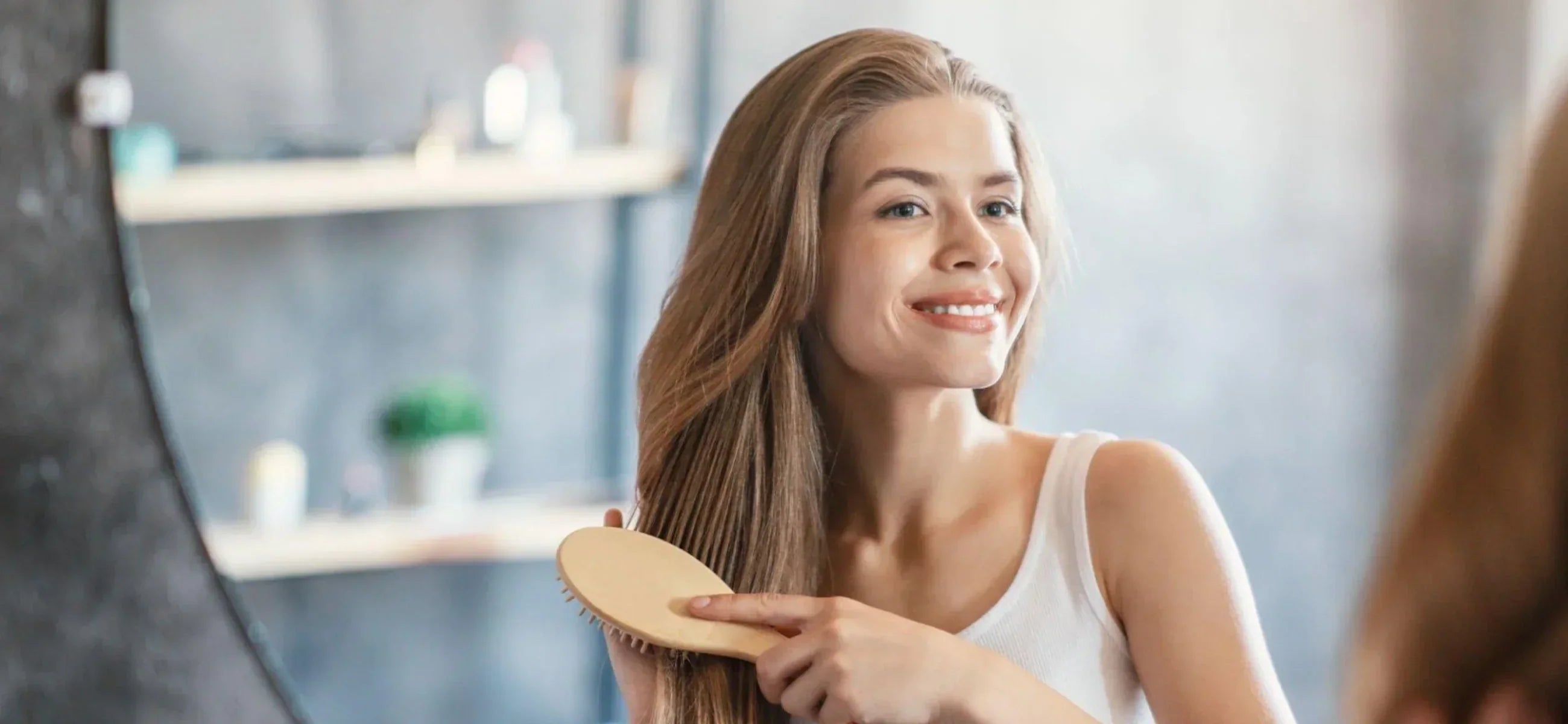
In this article
Brushing hair is one of those daily habits so ordinary, it rarely gets a second thought yet when done incorrectly, it can quietly cause real damage over time. Beneath the surface of a simple grooming routine lies a set of practices that, if overlooked, may lead to breakage and even gradual hair loss. Most people brush their hair without considering timing, technique, or the condition of the hair itself. One of the most overlooked but critical decisions? Knowing whether to brush your hair when it’s wet or dry.
Advantages and disadvantages of brushing wet hair
|
Pros |
Cons |
|
Hair is more flexible when wet. It’s easier to detangle without immediate resistance. |
Wet hair is in its weakest state, as cuticles are lifted and strands are more prone to breakage. |
|
Helps evenly distribute conditioner or treatment products, particularly important for dense or curly textures. |
Aggressive brushing while wet can lead to split ends and long-term thinning, especially near mid-lengths. |
|
Reduces pain and tension from detangling tightly coiled or knotted strands. |
Using the wrong tools (like fine-tooth combs or stiff brushes) can stretch hair beyond its limit and cause snapping. |
|
Often essential for managing and styling high-volume or textured hair types before drying. |
Frequent wet brushing without care can increase mechanical stress on the scalp and contribute to unnecessary hair fall. |
Advantages and disadvantages of brushing dry hair
|
Pros |
Cons |
|
You can actually see how your hair sits and moves when it’s dry; so styling, shaping, or adding volume is easier and more accurate. |
If your hair is already feeling dry or fragile, brushing it dry can make things worse, so there will be breakage, split ends, and flyaways. |
|
Brushing dry helps spread the natural oils from your scalp through the lengths, which can keep your hair looking shinier and feeling softer. |
Dragging a brush through dry tangles especially without prepping with a detangling spray, which can snap strands and cause unnecessary hair loss. |
|
It gives you better control if you're trying to smooth out bumps or build volume at the roots. |
For curly or wavy hair, brushing dry can completely break up your natural pattern, and then it will make your hair frizzy and undefined. |
|
There’s no risk of overstretching the hair the way there is with wet brushing; your strands aren’t in a weakened state. |
If you're using the wrong brush (like something too stiff or harsh), dry brushing can create friction that roughs up the cuticle layer. |
What’s the differences between brushing wet or dry hair
Hair structure changes when wet
Hair is most fragile when it's wet. The strands swell, the cuticle opens, and the elasticity increases. Brushing at this stage, especially without care, can stretch the hair beyond its limit. This is especially true for people who use fine-tooth combs or regular brushes right after a shower. By contrast, dry hair retains its natural strength, but tangles are tighter and can snap more abruptly when forced.
Your hair type responds differently to wet and dry brushing
Someone with naturally curly or coily hair will see dramatically different results than someone with straight, fine strands.
For textured hair, dry brushing can destroy curl definition entirely, turning well-formed spirals into a frizz-heavy cloud. Wet brushing, on the other hand, can help maintain curl pattern while detangling more gently.
For those with straight hair, dry brushing can work well for adding shine and smoothing the surface, but aggressive tugging can still lead to breakage.
The outcome is about control vs. realism.
Brushing wet gives you more control if you're going for a ponytail or want to layer in styling products evenly. The strands lie flat, and you can manipulate them with more precision. Dry brushing, however, offers a more realistic view of how your hair actually sits and moves throughout the day.
Should I brush my curly hair wet or dry
Brushing curly hair dry, particularly without any prep or product, can cause significant disruption to the strand’s natural coil. This action breaks down the curl structure and leaves behind frizz, puffiness, and uneven texture. The brush pulls at the very shape of the curl, often causing mechanical stress that leads to breakage, especially around the mid-lengths where the hair is more fragile. This is why many curl specialists advise against dry brushing altogether, unless the goal is to loosen or fluff out the curl pattern intentionally.
Hair brushing tips you must want to know
Here are 6 hair brushing tips you’ll wish you knew sooner. These are the kind of small shifts that quietly protect your hair, reduce damage, and make your routine work better for you, not against you.
1. “Are you starting from the ends? You should be.”
One of the easiest ways to cause breakage is brushing straight from the roots down especially if your hair tends to knot. Always begin brushing from the ends, and work your way up in sections. This reduces stress on the scalp and helps prevent yanking out strands that don’t need to go.
2. “Using the same brush for everything? Time to rethink that.”
That one brush you’ve had for years? It might not be doing you any favours. Paddle brushes are great for detangling straight or thick hair, while wide-tooth combs or flexible detangling brushes are better for wet or curly textures.
3. “Wet or dry? It depends on your hair, not the internet.”
Some swear by brushing wet hair, others dry but the truth depends entirely on your hair type. Curly and coily textures do better with gentle brushing while wet and conditioned. Fine, straight hair? It’s often safer to brush dry to avoid overstretching.
4. “Brushing too fast? That’s where the damage starts.”
In a rush? So is breakage. Quick, aggressive brushing is one of the most common causes of split ends and flyaways. Take your time brushing slowly and in sections not only protects your strands but actually improves shine by smoothing the cuticle layer as you go.
5. “Brushing before bed? Make it work for you.”
Instead of just tossing your hair into a bun or letting it tangle on your pillow, give it a light brush before bed with a boar bristle or soft-brush alternative.
6. “Still brushing the same way you did in high school?”
Hair changes over time due to weather, hormones, stress, styling habits. What worked five years ago might not be working now. Pay attention. If your hair’s getting thinner, drier, or more breakage-prone, it may be time to change how and when you brush, not just what products you use.


